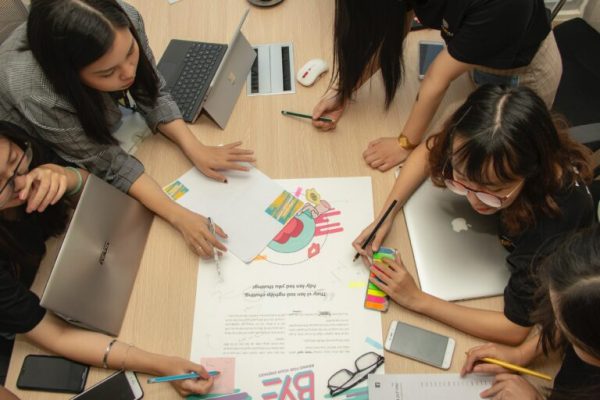Waste not, want not. Thompson Rivers University (TRU) faculty member Dr. Bala Nikku and his team are addressing pressing societal challenges by examining ways to adopt a circular economy, which focuses on optimizing our resources — through recycling, reusing and restoring products and materials — while reducing waste. Their work is being funded by a $200,043 grant through the Social Sciences and Humanities Research Council of Canada’s (SSHRC) Imagining Canada’s Future Ideas Lab.
“The circular economy is something that touches so many areas, not only economics and politics but also geography, social work, social policies, social welfare, psychology and anthropology,” says Nikku. “My disaster work and green social work teaching and research connects to the earth-caring capacity of this project. This is where I can contribute to the current research and discourse around the circular economy and make a difference.”
The project, which encourages innovation and different ways of thinking about the circular economy and sustainable livelihoods, brings together six researchers from different disciplines and post-secondary institutions: Dr. Nicholas Lynch (Geography, Memorial University of Newfoundland); Dr. Janice Rudkowski (Retail Management, Toronto Metropolitan University); Dr. Fatih Sekercioglu (Occupational and Public Health, Toronto Metropolitan University); Philip Robbins (Fine Arts, Langara College); Miranda Ting (Interactive Design, University of the Fraser Valley); and Dr. Bala Nikku (Social Work, Thompson Rivers University).
Room for improvement
According to the World Bank, if countries continue to overconsume everyday items, which puts a strain on the environment and on natural resources, annual global waste production could increase by 70 per cent by 2050.
When considering next steps, countries, including Canada, need to recognize that in a circular economy, everything is used and nothing is wasted.
“For a long time, the world’s economies have operated on a linear model where raw materials are taken and made into products before being used and thrown away,” says Nikku. “Countries in the European Union, especially the Netherlands, have started leading in the circular economy. Unfortunately, Canada falls behind. So far, our model has been ‘take, make, use and dispose,’ and we need to change that paradigm.”
Makerspaces and the circular economy

Students at the TRU Library Makerspace
For Nikku and his colleagues coast to coast, their research begins with the mapping of makerspaces — community-led places where design, production and technology meet — across Canada and investigating their role in collaborative learning and knowledge production about the circular economy.
“Makerspaces, like the one at TRU, are where you invent and tinker with ideas, foster innovation and develop your entrepreneurial skills,” says Nikku. “These spaces used to be only for engineering students, but now these spaces are for everybody. There you’ll find all types of fabrics, materials, toolkits and information. It’s a creative space for experimenting with and testing prototype ideas and turning them into real-world products and processes.”
Building a circular society
By the end of the project, the team of researchers will have created a website with diverse learning tools — including a makerspace atlas, graphic journals and recorded webinars — where community members can gather and share information and ideas about people, products and processes that nurture sustainable livelihoods.
“We imagine this platform as a powerful learning place where ideas can be hybridized, where people can go and network with each other,” says Nikku. “It will have a photo journal and student videos. People can build on what’s already there.”
“Our goal is to build resilient community futures, which we learn about from makerspaces, the circular economy and analytics. We will use a range of collective research tools that we have in our toolbox.”

